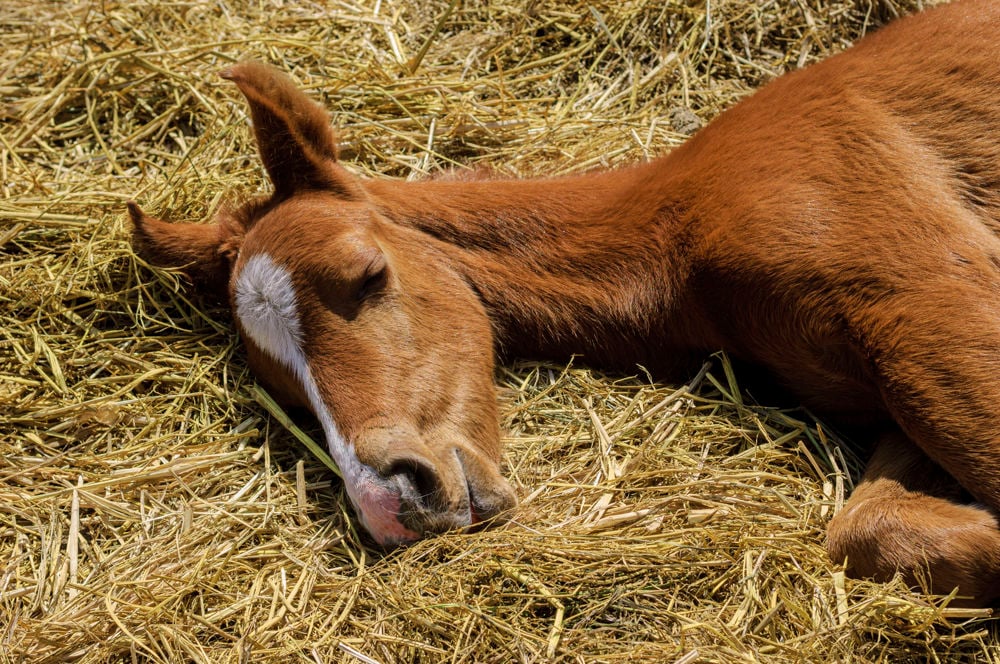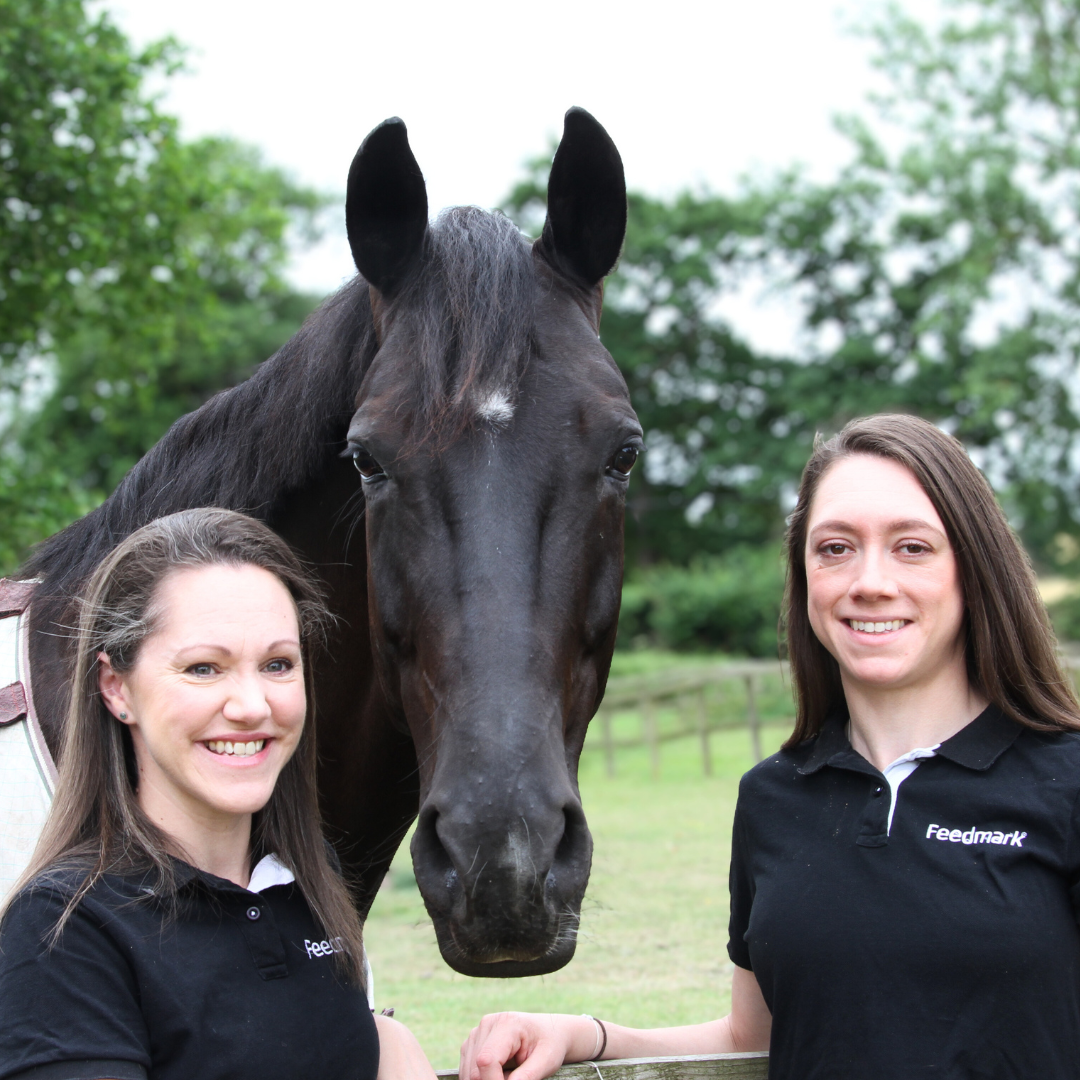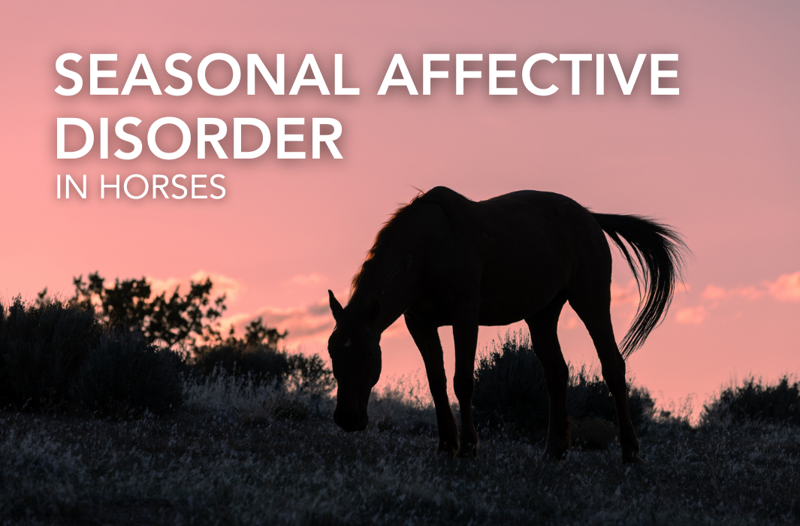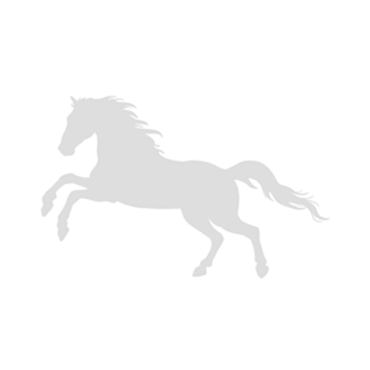Seasonal Affective Disorder, or SAD for short, is well described in humans. It is defined as a type of depression that follows a seasonal pattern, most often starting in the autumn and continuing through to the spring. Symptoms include low mood, lack of motivation and energy, and alterations to sleep patterns and appetite. These changes are thought to occur due to decreased daylight hours and the effect that has on the circadian rhythm.
Horses have daily circadian rhythms within overarching circannual rhythms that are affected by light hitting the retina, and the wavelengths of that light. These rhythms influence rest-activity cycles, cardiovascular activity, immune function, alertness, metabolism, coat growth, reproductive cycles and associated behaviours. There are very few aspects of physiology that aren’t affected by light/dark cycles, and most of them are mediated by hormones.

Serotonin is a hormone that also acts as a neurotransmitter and is, in the context of behaviour (it also has other roles in the body), linked to mood stabilisation and emotional regulation. As light levels lower, the retina of the eyes detects the change and sends signals to the suprachiasmatic nuclei in the brain. This sends a signal to the pineal gland to start converting serotonin to melatonin, which is the sleepy hormone. During winter months, when light levels are lower and there are fewer daylight hours, this conversion happens more readily and leads to lower levels of serotonin in the brain. This is thought to be one of the main drivers behind SAD in humans.
While similar mechanisms certainly could be at play in horses, plenty of research in the last few years has described fluctuating levels of both serotonin and melatonin in the blood in relation to light availability. However, measuring blood levels of serotonin isn’t reflective of levels in the brain, as it is too large a molecule to cross the blood-brain barrier (BBB). Instead, tryptophan, an amino acid which can cross the BBB, is used to make serotonin within the brain itself. As such, it is almost impossible to accurately measure serotonin fluctuations in relation to mood and seasonality to find out whether that is a causal link between light / dark cycles and SAD.
As so many other factors can also affect horses’ behaviour during the winter months, it is hard to tell whether they are suffering from SAD in a similar way to humans or whether changes in management, or other aspects of weather changes, could be at play.
Low-grade arthritis exacerbated by cold temperatures, stomach ulcers due to increased time in the stable, mild dehydration due to avoiding drinking water that is too cold, could all contribute to a reluctance to work. Lack of turnout time with field companions over the winter months could also contribute to changes in behaviour.
In humans, light therapy has been demonstrated to be an effective solution to SAD symptoms. While in horses, the results of similar trials have been less conclusive, although it is known to be effective for other aspects of health and physiology related to hormones, such as manipulating breeding cycles.
Taken as a whole, research around light/dark cycles and circadian rhythms in horses reinforces the view that they should have access to ample, natural light for a significant portion of each day. The wavelength of the light hitting the retina also plays a significant role in the effect it has on circadian rhythms, and certain types of artificial light may not elicit the same response. Keeping horses in very bright, artificial light may cause discomfort as horses’ eyes are more sensitive than ours, while dim and dark conditions are also likely to compromise welfare and, potentially, contribute to the onset of SAD in susceptible horses.



